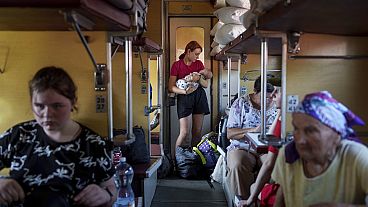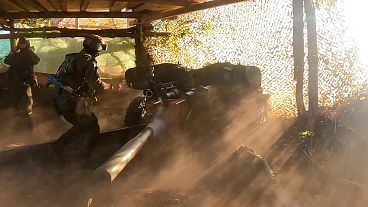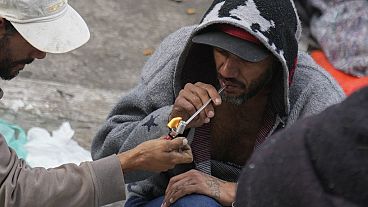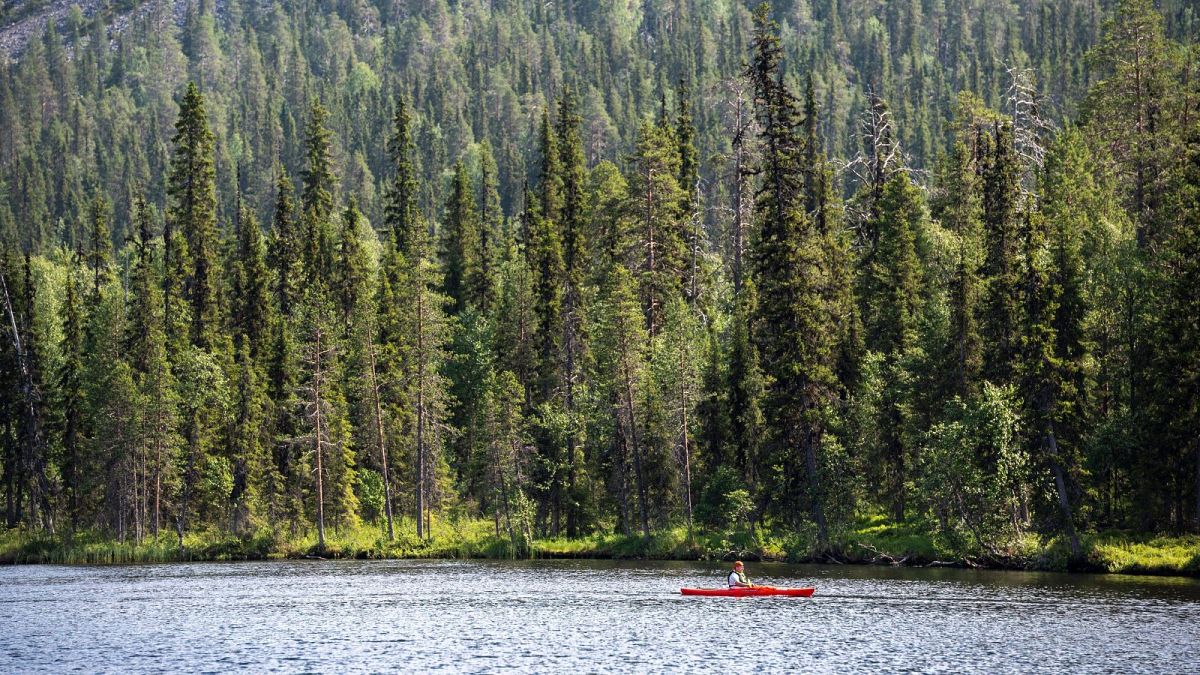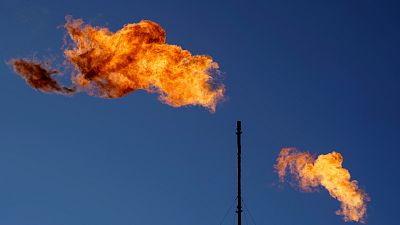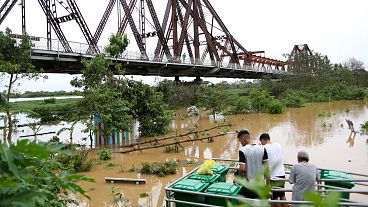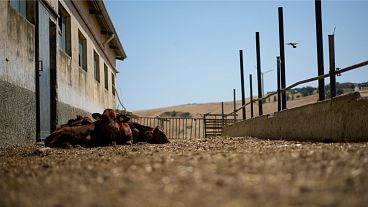Wildfires in the vast wilderness of Lapland are set to get more frequent by the end of the century due to climate change.
Finnish Lapland’s summer is on track to be record-breakingly hot, according to experts, after a season marred by wildfires in the far north.
July brought unusually hot temperatures throughout the country, the Finnish Meteorological Institute says, but the heat was particularly pronounced in northern Finland.
The average monthly temperature in the northern part of the country was between 15.5 and 18C, around 2 to 3.4 degrees above the average temperature.
Mika Rantanen, a researcher at the Finnish Meteorological Institute (FMI), told Finnish news site YLE News that Lapland is on track for its warmest summer yet.
"At the moment it looks like it will happen unless there is a cold air outbreak in the last days of the month. If this happens, it will be yet another indication of our ever-warming climate and will show that we have already exceeded the historical summer climate in Lapland," Rantanen said.
The number of hot days - defined by FMI as days when the daily temperature exceeds 25C - reached 20 in July, four days above the monthly average.
Kevo, a nature reserve in the northernmost municipality of Utsjoki, saw the greatest number of hot days at 14. FMI adds that the number of hot days has been unusually or exceptionally high in north-east Lapland.
Increased risk of wildfires in Lapland
Hotter temperatures, driven by climate change, are linked to an increased risk of wildfires.
In Finnish Lapland’s Inari region, locals and wildlife have suffered 17 fires this summer so far. Timo Nyholm, duty fire officer at the Lapland Rescue Department, has said that’s well above the seasonal average of 10. He expects the summer total to blaze past 20 fires.
Hotter temperatures make plants drier and stimulate plant growth, meaning there is more fuel for fires to burn.
"Climate change is extending the fire season,” FMI researcher Outi Kinnunen told YLE News.
“As the climate warms, snow cover diminishes earlier, summer temperatures rise, and land surfaces become drier, even though overall precipitation is expected to increase.”
Her research indicates that Finland’s annual number and size of fires is likely to rise by the end of the century.
Tackling emissions is therefore essential. But with many wildfires beginning as campfires - a staple of lake fishing, berry picking and hunting activities - people also need to take greater care.
Given the remoteness of Lapland, fires often have time to burn for long stretches before firefighters can arrive on the scene.


